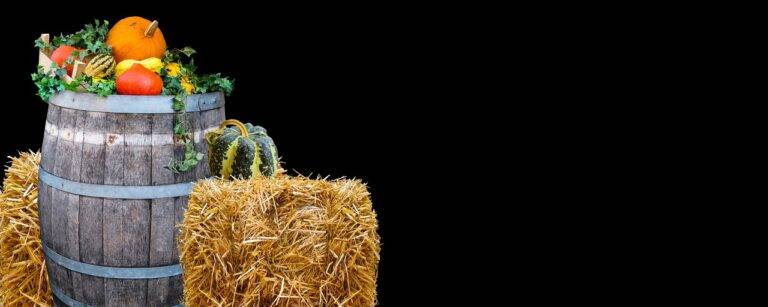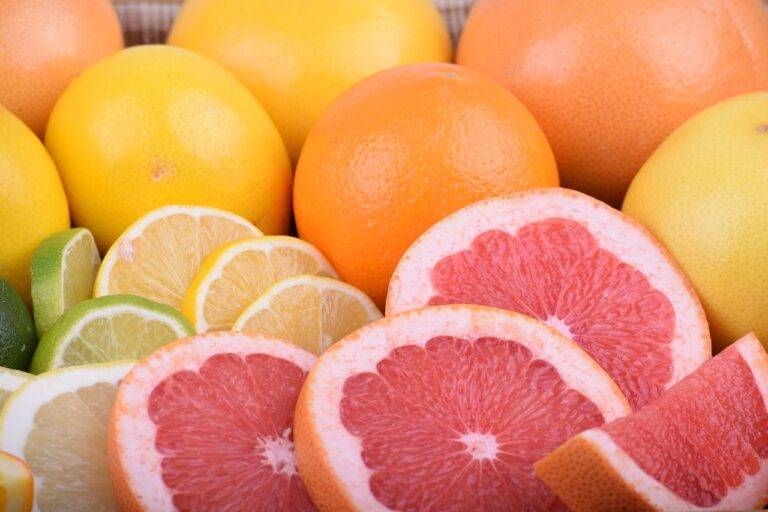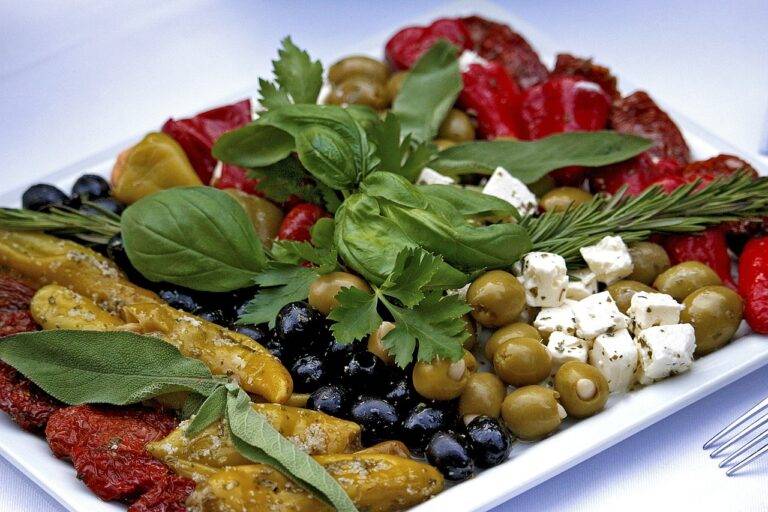The Science of Food Packaging: Innovations for Freshness and Sustainability
Recent advancements in the field of food packaging have led to the development of innovative materials aimed at enhancing food preservation and safety. These materials, often incorporating nanotechnology, antimicrobial agents, or barrier properties, play a crucial role in prolonging the shelf life of various food products. By creating a protective barrier against external factors such as light, moisture, and oxygen, these materials help in maintaining the quality and freshness of the packaged food items.
In addition to improving shelf life, innovative food packaging materials also address environmental concerns by promoting sustainability. Biodegradable and compostable materials are gaining popularity as eco-friendly alternatives to traditional packaging options. These materials not only help in reducing waste generation but also contribute to the overall goal of creating a more sustainable and environmentally conscious food packaging industry.
Extending Shelf Life through Packaging Technology
In the ever-evolving landscape of food packaging technology, the focus has shifted towards extending the shelf life of perishable goods. Packaging materials play a crucial role in maintaining the freshness and quality of food products, preventing spoilage and reducing food waste. Advances in packaging design and materials have paved the way for innovative solutions that not only prolong shelf life but also ensure food safety and integrity.
By utilizing barrier materials that protect against oxygen, moisture, and light, food packaging can effectively extend the shelf life of various products. Modified Atmosphere Packaging (MAP) is one such technology that alters the atmosphere inside the package to slow down the oxidation process, thereby preserving the freshness of the contents. Additionally, active packaging solutions, such as antimicrobial films and oxygen scavengers, help inhibit the growth of bacteria and prolong the shelf life of packaged foods. These innovative approaches are revolutionizing the way we store and consume food, promoting sustainability and reducing food waste in the process.
What are some examples of innovative materials used for food packaging?
Some examples of innovative materials for food packaging include biodegradable plastics, edible films, and active packaging technologies.
How does food packaging technology help in extending the shelf life of products?
Food packaging technology helps in extending the shelf life of products by providing barriers against oxygen, moisture, and light, as well as incorporating antimicrobial agents to prevent spoilage.
What are some benefits of using advanced packaging technology for food products?
Some benefits of using advanced packaging technology for food products include reduced food waste, improved food safety, extended shelf life, and enhanced product quality.
How can consumers ensure that they are choosing products with packaging that helps extend shelf life?
Consumers can look for packaging that is specifically designed to extend shelf life, such as vacuum-sealed packaging, modified atmosphere packaging, or packaging with oxygen scavengers.
Are there any environmental concerns associated with using advanced packaging technology?
Some environmental concerns associated with using advanced packaging technology include the use of non-biodegradable materials and the disposal of packaging waste. However, efforts are being made to develop more sustainable packaging options.





